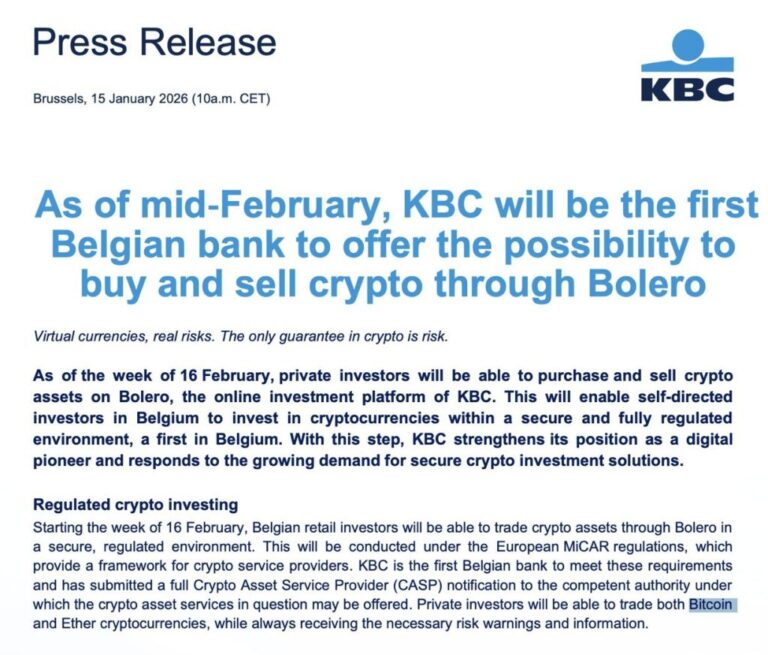Your browser does not support the <audio> element.
In a factory in a smoggy corner of China’s inland Shaanxi province, the country’s world-leading solar industry is on display. Robots scoot around carrying square slices of polysilicon, a substance usually made from quartz. The slices, each 180mm across and a hair’s breadth thick, are called wafers. They are bathed in chemicals, shot with lasers and etched with silver. All that turns them into solar cells, which convert sunlight into electricity. Several dozen of these cells are then bundled together into a solar module. The factory, which is owned by LONGi Green Energy Technology, a giant of solar manufacturing, can churn out about 16m cells a day.
China’s solar industry is dominant across every stage of the global supply chain, from the polysilicon to the finished product. Module production capacity in the country reached roughly 1,000 gigawatts (GW) last year, almost five times that of the rest of the world combined, according to Wood Mackenzie, a consultancy. What is more, it has tripled since 2021, outgrowing the rest of the world, despite efforts by America and others to boost domestic production. China is now able to produce more than twice as many solar modules as the world installs each year.
This massive expansion in supply has helped drive down the cost of renewable energy for consumers, acting as a counterweight to the rising cost of capital needed to develop solar farms. During the covid-19 pandemic the price of solar modules spiked owing to a shortfall in the supply of polysilicon. Since then, however, the global price has fallen to a record low of less than 10 cents per watt, according to PVInsights, a data provider (see chart 1).

Yet the rapid growth of Chinese capacity, which has outpaced global demand, has also squeezed much of the profit out of the industry. Polysilicon, wafers, cells and finished modules now sell below their average production cost. Collapsing prices caused Chinese solar export revenues to fall by 5.6% last year, according to Wood Mackenzie, even as volumes soared. Longi’s share price has slumped by some 60% since the start of 2023. In March the company said it would fire 5% of its workers, citing an “increasingly complex and competitive environment”. The share prices of other Chinese solar giants, including Trina Solar, JA Solar and Jinko Power, have also been battered (see chart 2).
Smaller companies have been hit even harder. Yana Hryshko of Wood Mackenzie explains that the big firms are typically diversified, helping them weather the collapse in solar prices. Others are not so lucky. Lingda, a smaller manufacturer of solar cells, recently cancelled plans to build a $1.3bn factory. An executive at one Chinese solar company reckons that at least half of the businesses across the supply chain will go under.

So far, however, there are few signs of an end to China’s overcapacity problem. Despite financial pressure from falling prices, the industry’s largest companies continue to upgrade their technology and expand their output in an effort to keep their marginal costs below those of their competitors. Wood Mackenzie forecasts that China’s solar industry will expand capacity to nearly 1,700GW by 2026.
State support for the industry is contributing to the supply glut. For decades leaders of municipal and provincial governments in China have sought to build local solar industries that hire from their populations and contribute taxes. Support comes in a variety of forms, including free land, free electricity, interest-free loans and access to cutting-edge technologies, notes Usha Haley of Wichita State University. She reckons all this adds up to about 35% of a solar company’s costs, on average, but could be as high as 65% in some cases.
There are signs such support has been growing more generous, notes Ms Haley. Some local governments are financing and building solar factories that they then lease and later sell to companies. Many will be tempted to step in to prevent local solar champions from going under. That is especially so given the downturn in China’s property sector, which has strained the finances of local governments that relied on selling land to developers to generate income. One industry insider in the inland city of Zhengzhou notes that officials there have grown more willing to aid solar companies that run into trouble.
That support may dry up. Many of China’s provinces are struggling to service their debts. Solar companies must also compete for government largesse with firms in other industries that are grappling with overcapacity as China’s economy slows. More than a fifth of Chinese industrial firms were unprofitable last year, according to analysis by Rhodium, another consultancy. Efforts to export away China’s overcapacity problem are encountering resistance abroad. Last month Ursula von der Leyen, the European Commission’s president, declared “the world cannot absorb China’s surplus production.” On June 12th the EU announced it would slap provisional tariffs of between 26% and 48% on Chinese electric vehicles (EVs).

China’s cut-price solar modules could come in for similar treatment. America has levied anti-dumping duties on Chinese solar manufacturers since 2012. Although the EU abandoned similar measures in 2018, some fret over the continent’s dependence on Chinese solar companies (see chart 3). In April the bloc agreed to expand subsidies and other support for local solar manufacturers that have been pummelled by Chinese imports.
Although China’s leaders have contested claims that the country is grappling with excess supply, there are signs they are aware of it. In a meeting with business executives and economists last month, Xi Jinping, China’s ruler, cautioned against focusing resources solely on EVs, batteries and solar modules—or, as a recent slogan describes them, “new quality productive forces”—and noted that investments must “have their own merits”.
All this suggests a period of consolidation looms for China’s solar industry. Jenny Chase of BloombergNEF, a research group, has seen this play out before. “There are slight profits, then longer periods of terrible margins, then bankruptcies and exits. We call it the solar coaster.” Demand may eventually catch up with supply, as lower module prices encourage developers to install more solar power. In the meantime, China’s solar industry should prepare for a bumpy ride. ■
To stay on top of the biggest stories in business and technology, sign up to the Bottom Line, our weekly subscriber-only newsletter.


















